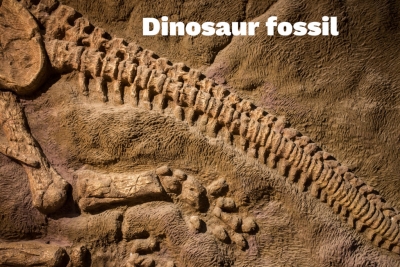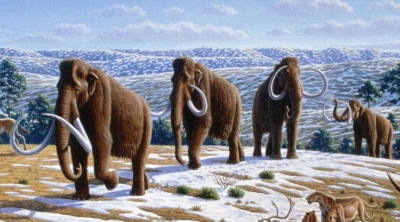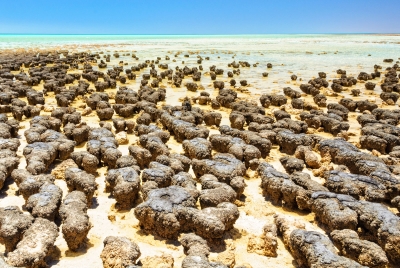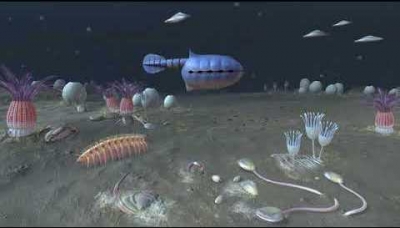HOW LONG AGO DID LIFE APPEAR?
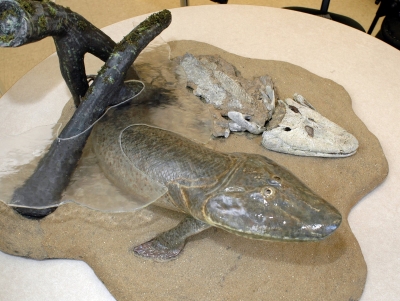
|
The first signs of life - probably bacteria – appeared nearly four billion years ago. But animals with shells and bones did not appear until less than 600 million years ago - these were the first living things preserved as fossils. It is mainly with the help of such fossils that geologists have built up a picture of Earth’s history since then. Very little is known about the four billion years before this, called the Precambrian period, which makes up more than 85 per cent of Earth’s history. |
The evidence is overwhelming that all life on Earth has evolved from common ancestors in an unbroken chain since its origin. All life tends to increase: more organisms are conceived, born, hatched, germinated from seed, sprouted from spores, or produced by cell division (or other means) than can possibly survive. Each organism so produced varies, however little, in some measurable way from its relatives. In any given environment at any given time, those variants best suited to that environment will tend to leave more offspring than the others. Offspring resemble their ancestors. Variant organisms will leave offspring like themselves. Therefore, organisms will diverge from their ancestors with time. The term natural selection is shorthand for saying that all organisms do not survive to leave offspring with the same probability. Those alive today have been selected relative to similar ones that never survived or procreated. All organisms on Earth today are equally evolved since all share the same ancient original ancestors who faced myriad threats to their survival. All have persisted since roughly 3.7 billion to 3.5 billion years ago during the Archean Eon (4 billion to 2.5 billion years ago), products of the great evolutionary process with its identical molecular biological bases. Because the environment of Earth is so varied, the particular details of any organism’s evolutionary history differ from those of another species in spite of chemical similarities.
Credit: Britannica
Picture credit: Google
